Last Updated on August 2, 2021
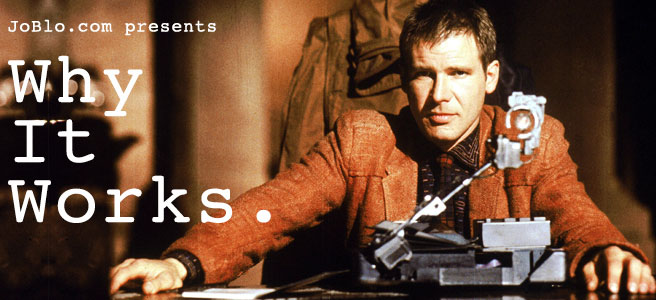
Why It Works is an ongoing column which breaks down some of the most acclaimed films in history and explores what makes them so iconic, groundbreaking, and memorable.
****SPOILERS AHEAD****
Before we get started, I have to let you know that much like a rogue replicant, Why It Works is being retired as of this installment. It's been an absolute pleasure creating and working on this column, and I can't thank you enough for your continued support for this project over the past couple of years.
Now, on to the good stuff! BLADE RUNNER 2049 hits theaters next weekend, so it seemed like a no-brainer we should take a look at Ridley Scott's original adaptation of Philip K. Dick's Do Androids Dream of Electric Sheep? BLADE RUNNER blends science fiction and film noir elements to build a unique world, blur the line between man and machine, and teach us all about what Los Angeles will be like in the far off year of 2019. Here's why it works:
WHY WE LIKE THE CHARACTERS:
Especially for a character played by Harrison Ford, Rick Deckard isn't a terribly interesting or engaging protagonist. He's the lens through which we're able to view the world of the film, and we gain sympathy for him when he's brought out of retirement to kill four replicants without the option to decline, but where we eventually find ourselves connecting to Deckard is in his struggle with the humanity of the replicants. Between spending time with Rachael and observing his targets, he develops compassion for them, forcing him to choose between their lives and his charge. Hand in hand with Deckard's predicament, we have the plight of Rachael, who we find to be arguably a more sympathetic character as she not only learns she is a replicant but also has to come to terms with the fact she doesn't know which of her memories and feelings are implants and which are genuine.
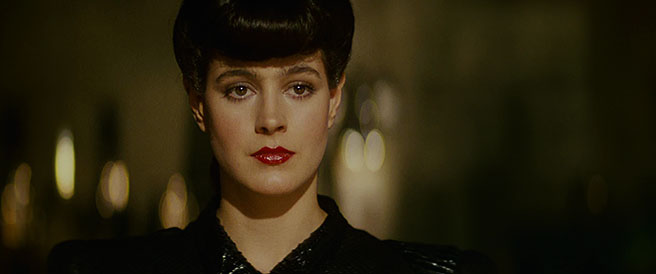 Replicant or not, you'd totally fall for Rachael, too.
Replicant or not, you'd totally fall for Rachael, too.
As for the skin jobs on the run, we have the simple Leon, the seductive Zhora, the agile thighmaster Pris, and their leader, the poetically violent Roy Batty. We know from expository dialogue that they've killed several people in their attempts to reach Earth, but what we're shown is something less savage. Leon kills his Voight-Kampff administrator when he feels cornered, Zhora attacks Deckard in an effort to escape, and Pris seems to take a genuine liking to the hospitable J.F. Sebastian. Granted, their willingness to murder the innocent absolutely makes them the bad guys, but in their desire for life- both to elongate it and to avoid being retired- we gain an understanding of how, to the replicatns, Deckard and his ilk (and by extension humans in general) are the enemy. Finally, rounding out the cast of characters are the seedy Captain Bryant, the enigmatic origamist Gaff, the eccentric inventor Eldon Tyrell, and the timid designer J.F. Sebastian, all of whom add to the film's rich palette of characters and give us a variety of human moralities, reminding us that this isn't just a story of good man vs. evil machine.
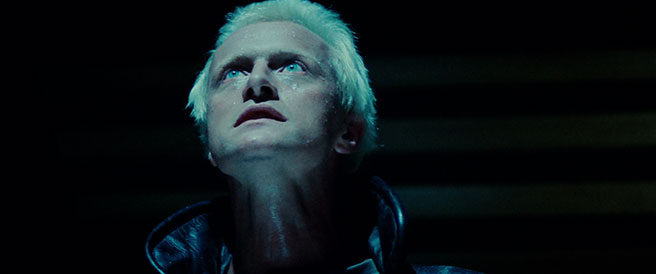 Roy Batty is both one of the most interesting and fun to watch sci-fi villains out there.
Roy Batty is both one of the most interesting and fun to watch sci-fi villains out there.
WHY WE CARE:
Since we don't really get a sense of what repercussions Deckard will face if he doesn't carry out his task, we're not immediately engrossed by the plot of BLADE RUNNER. There's no immediate threat, no ticking clock, and our hero doesn't even really want to do the thing he's trying to do. What we do have is a detective mystery that beautifully unfolds into something more. As we gain empathy for the replicants and doubt the nobility of some of the human characters, we find ourselves even less sure of what outcome we'd like than when we started. Rather than frustrating the hell out of us, though, these complexities are counterbalanced with classic film noir information-getting scenes, a few entertaining action sequences, and of course, the burgeoning relationship between Deckard and Rachael, which serves as both the thematic and emotional backbone of BLADE RUNNER.
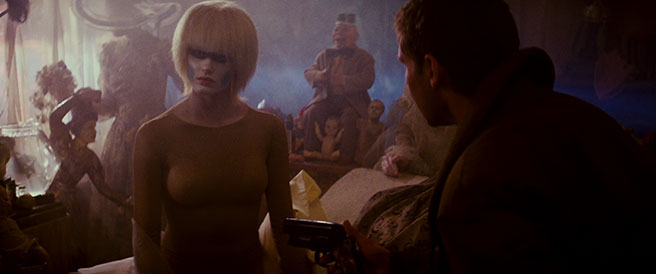 Fun fact: E.T. and BLADE RUNNER were released in the same month and both feature a non-human hiding in a doll collection.
Fun fact: E.T. and BLADE RUNNER were released in the same month and both feature a non-human hiding in a doll collection.
WHY WE'RE SATISFIED:
Much like in RAIDERS OF THE LOST ARK, BLADE RUNNER sees its main villain defeated without the help of Harrison Ford. In fact, Roy Batty's last act before succumbing to his expiration date is to save Deckard's life. Where Deckard does play something of the hero, though, is in his decision to escape with Rachael, thus saving the rest of her short life rather than ending it as per his assignment. We've seen moments of doubt as Deckard realizes the replicants may in fact be "more human than human," and in the final moments of the film, Deckard has made his choice and will do whatever is necessary to protect the synthetic woman he loves. We also have the question of whether or not Deckard himself is a replicant. In the book, he is decidedly not, in the theatrical cut of the film, it's not really addressed, and in the final cut, it's heavily suggested that he is. Here's the thing, though: it doesn't matter. Between witnessing Roy's stirring final monologue and escaping with Rachael, we see a complete acceptance- at least to Deckard- of replicants as people, so whether or not he himself is one is irrelevant. Sure, it may seem like a cop out that we never get a straight answer one way or the other, but that's kind of the point, isn't it?
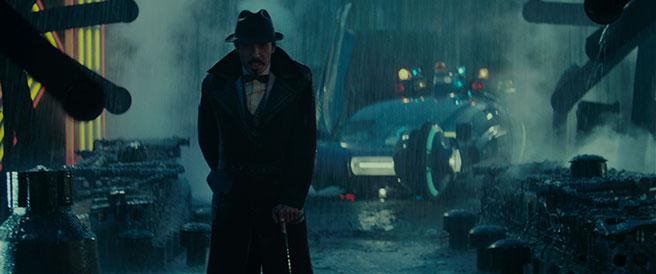 "It's too bad she won't live! But then again, who does?"
"It's too bad she won't live! But then again, who does?"
WHY WE REMEMBER:
If you look back, you'll notice all three of the previous sections outline ways in which some of the elements of BLADE RUNNER could have been more compelling, at least from a Screenwriting 101 standpoint. This is where the mythology of Philip K. Dick's story and the dense world built by Ridley Scott and company come into play. In the plight of the replicants, we have a classic science fiction dilemma that would go on to be addressed in Westworld, Humans, Fallout 4, EX MACHINA, and more, and that's just in the past three years. It's not just the hypothetical of whether a machine can ever become truly sentient that makes this concept fascinating but rather the experience of being made as something others consider inferior, which of course is a theme all too familiar throughout human history.
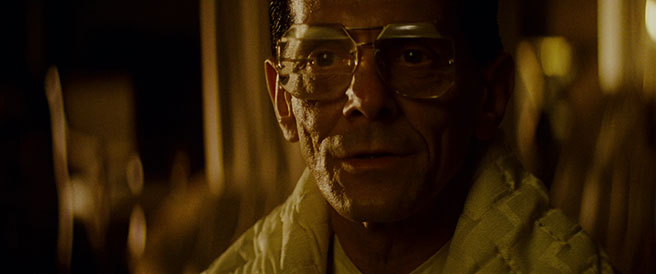 "The light that burns twice as bright burns half as long, and you have burned so very, very brightly, Roy."
"The light that burns twice as bright burns half as long, and you have burned so very, very brightly, Roy."
Few movies feature production design as stunning, memorable, and matchless as BLADE RUNNER. Instead of the usual trope of giving us a science fiction film that feels sleek and futuristic, Ridley Scott opts for a used future feel, in which flying cars, giant digital billboards, and realistic robots are contrasted by disused buildings, the confusing multi-lingual din of Cityspeak, and a generally chaotic civilization holding to law and order by a thread (also, apparently it's always night and rainy in Los Angeles- two things that never happen). Jordan Cronenweth's cinematography captures the world and its ominous lighting beautifully, resulting in a film that still looks stunning to this day. It's a wonder it's taken 35 years for any kind of cinematic follow up to BLADE RUNNER, as the world it created is a massive, stunningly dystopian playground just begging to be revisited.
 Just two more years- I can't wait!
Just two more years- I can't wait!
Along with the production design, Vangelis' score blends the synthesizers and wonder of science fiction with the saxophones and mystery of film noir, resulting in a soundtrack that feels at once emotional, fantastic, exciting, and bizarre. Hampton Fancher and David Peoples's screenplay is incredibly concise, with some scenes consisting of only a few lines and never bogging us down with mythology or feeling like we're being hit over the head with the meaning of a line or moment (unless you're watching the theatrical cut with that quaint, studio-mandated voiceover, of course). The cast of characters is perfect, with Rutger Hauer shining as the villainous but empathetic Roy Batty, and Harrison Ford, Sean Young, Daryl Hannah, Edward James Olmos, M. Emmet Walsh, William Sanderson, Brion James, Joe Turkel, Joanna Cassidy, and James Hong providing an unforgettable motlew crew of humans and replicants along the way. I can't wait to see what Ridley Scott and Denis Villeneuve have in store for us with BLADE RUNNER 2049, but until then, thanks again for reading and for coming along on the Why It Works journey with me. I'm sure I'll see you again in the not too distant future.
Thoughts? What else worked for you? What didn't? Strike back below!
If you have any movies you'd like to see put under the microscope, let us know below or send me an email at [email protected].


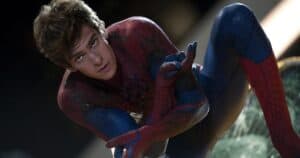
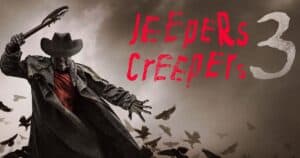
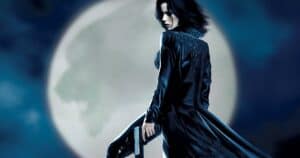
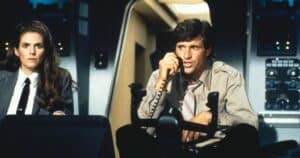
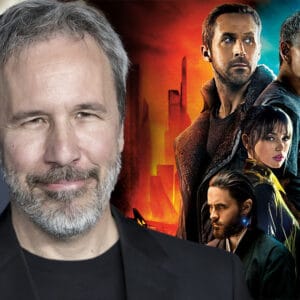
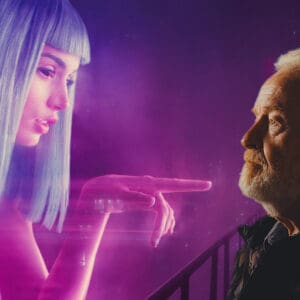

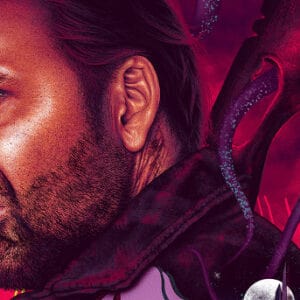
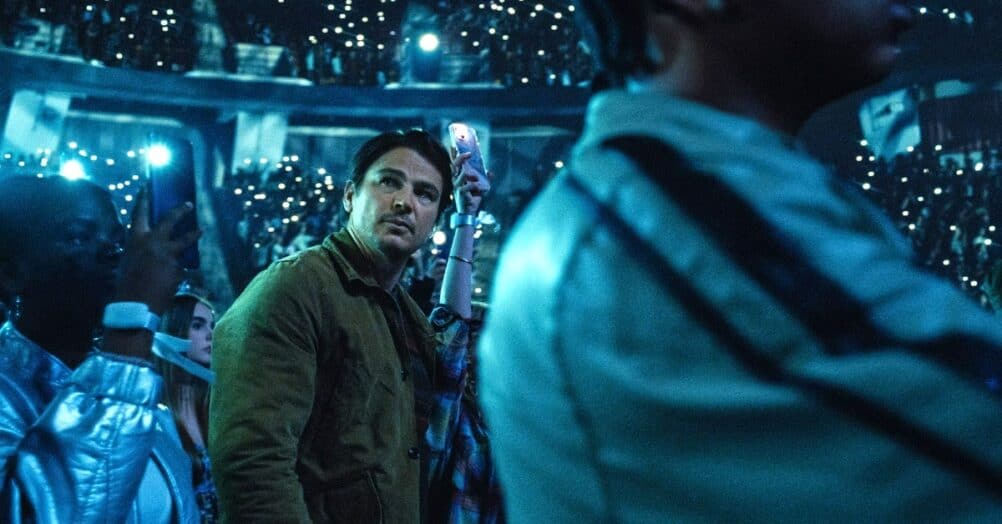
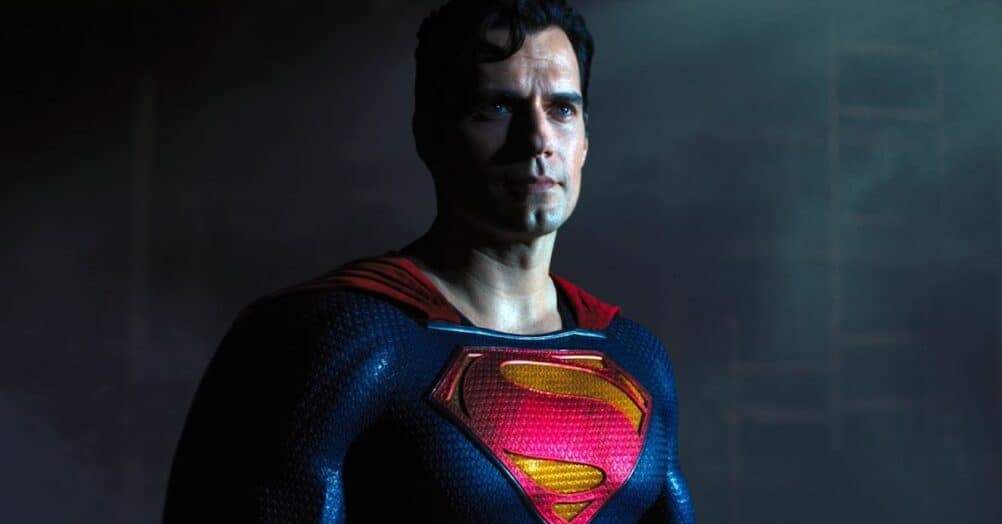
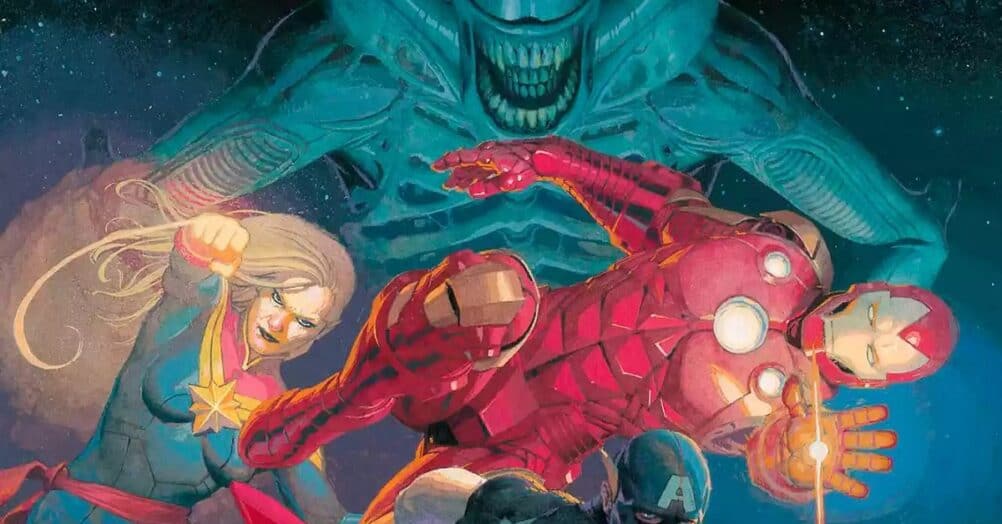
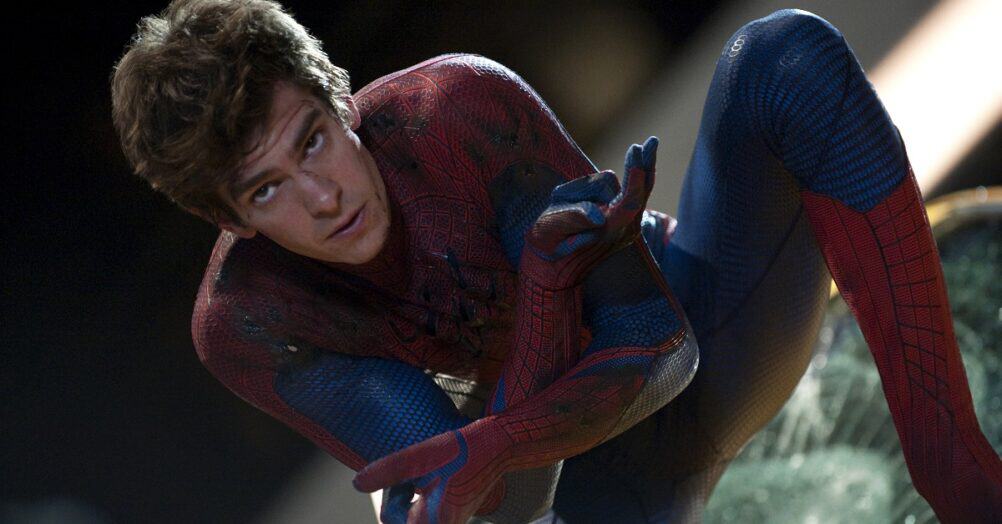
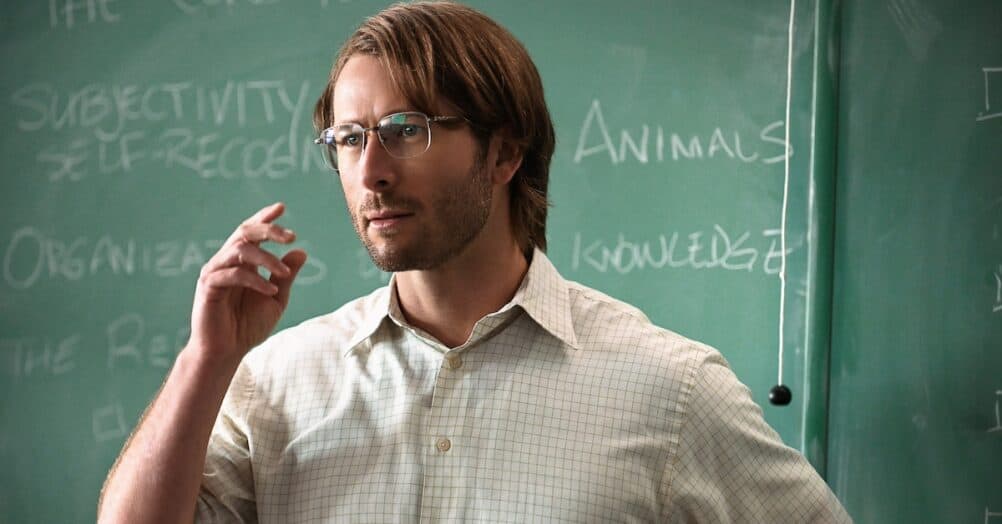

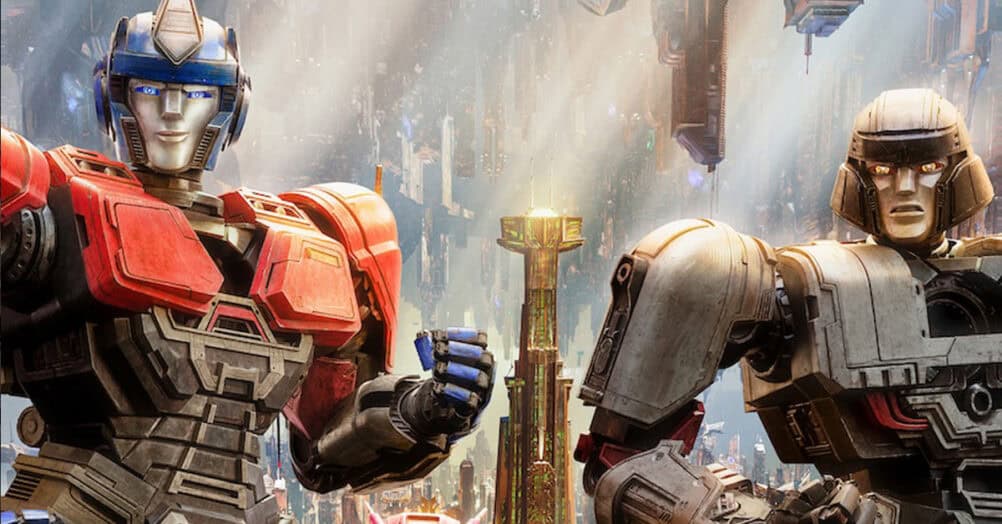
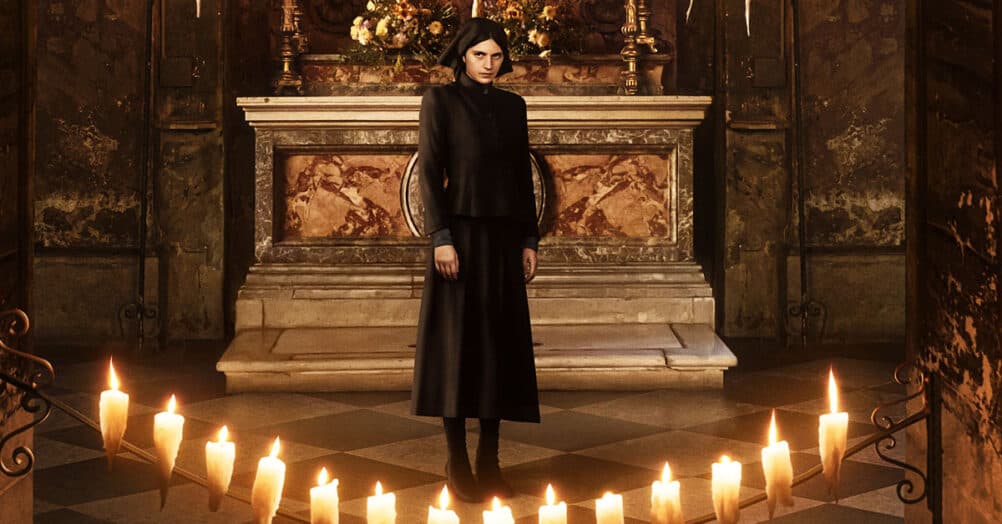
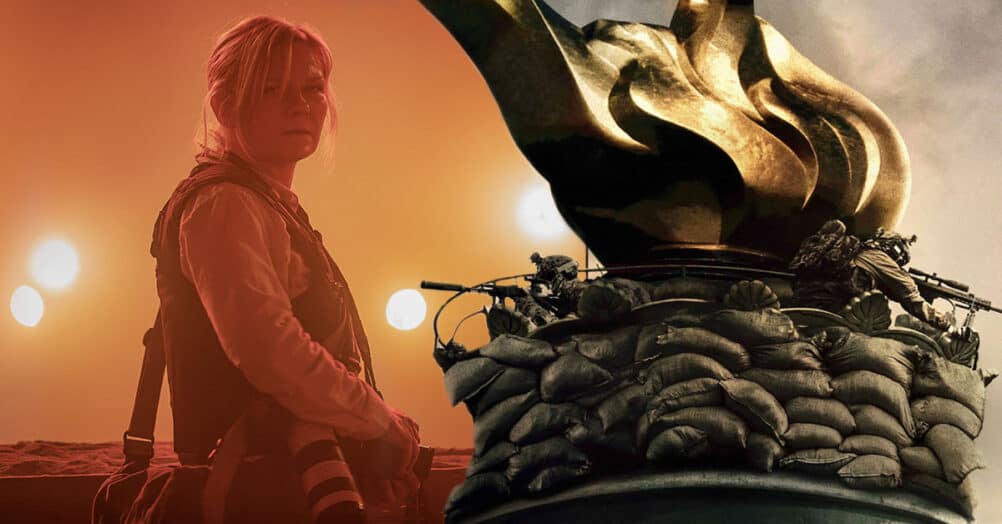
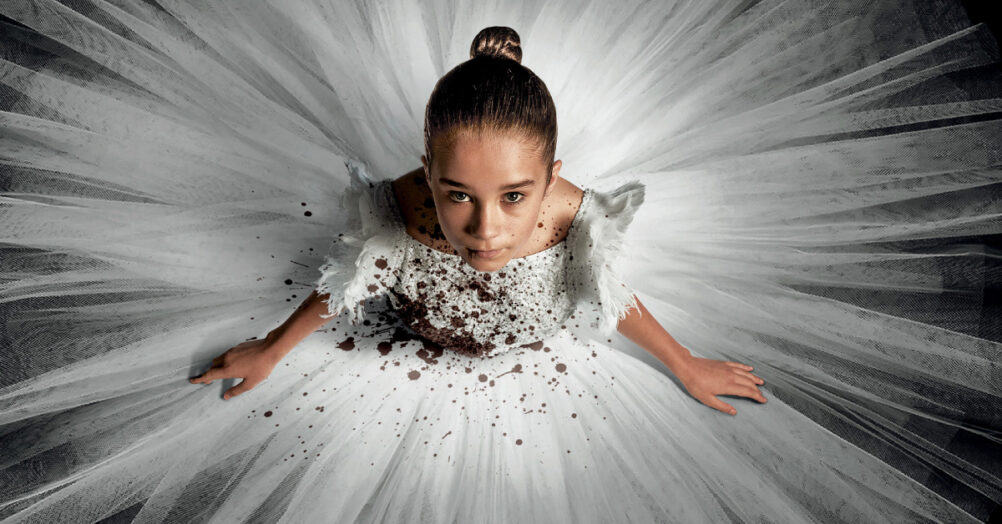
Follow the JOBLO MOVIE NETWORK
Follow us on YOUTUBE
Follow ARROW IN THE HEAD
Follow AITH on YOUTUBE